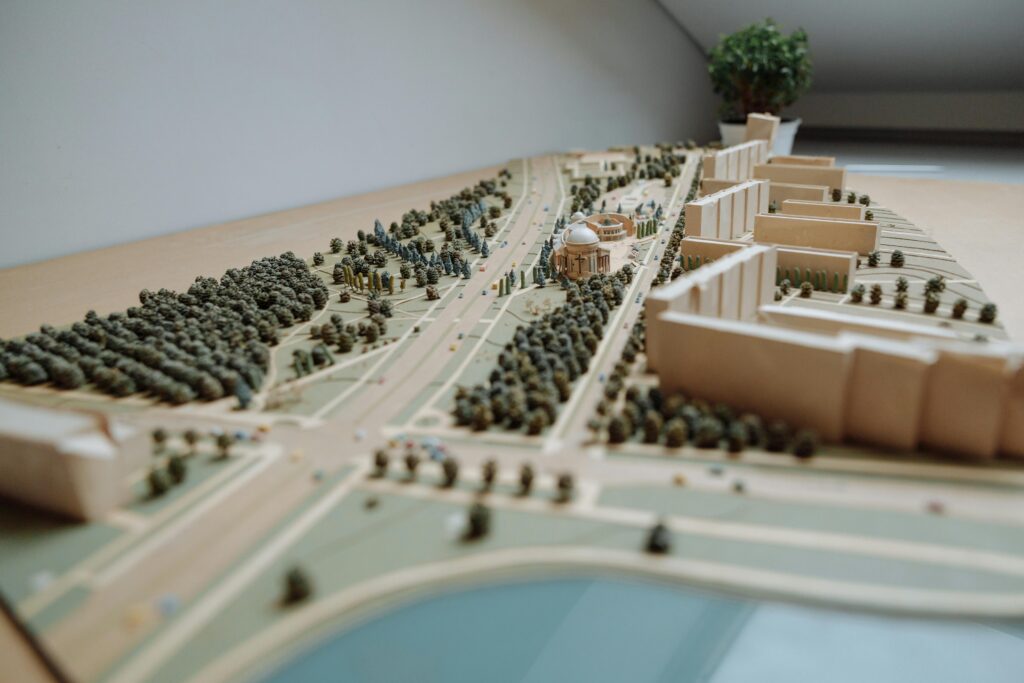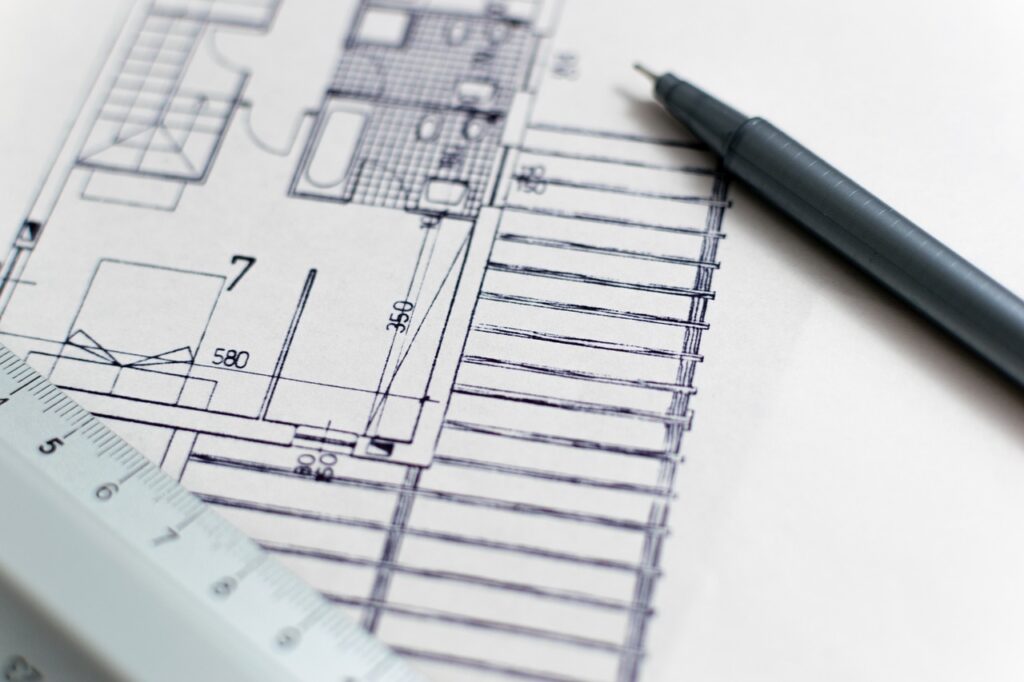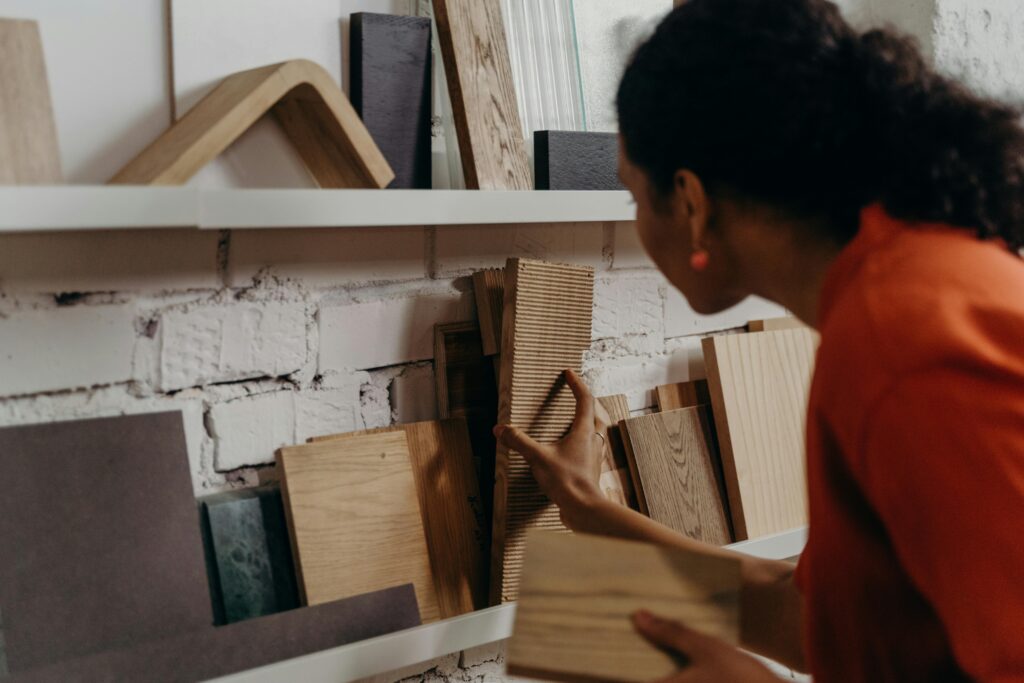
In an age dominated by dazzling digital renders and immersive virtual reality, it might seem like the humble architectural model is becoming a relic of the past. But step into any serious design studio, university critique, or client presentation, and you’ll quickly realize that the tangible, three-dimensional model remains an indispensable tool.
More than just a miniature representation of a building, a well-crafted architectural model is a powerful instrument for thinking, communicating, and even problem-solving. It’s where abstract ideas take physical form, allowing designers, clients, and the public to truly grasp the essence of a project.
So, why is model making still so vital in the world of architecture? Let’s delve into its undeniable importance:
1. The Ultimate Design Tool: Conceptual Exploration & Iteration

For many architects, the design process often begins not with a mouse click, but with a cutting mat and a stack of foam board. Models are unparalleled for:
- Rapid Prototyping: Quickly exploring different massing options, spatial arrangements, and conceptual ideas.
- Form Finding: Testing out complex geometries and understanding how shapes interact in three dimensions.
- Intuitive Feedback: Directly manipulating elements allows for immediate spatial feedback that 2D drawings simply can’t provide. Mistakes are often clearer, and solutions more apparent.
2. Bridging the Gap: Spatial Understanding Beyond 2D

Plans, sections, and elevations are the language of architecture, but for many, translating these flat drawings into a mental image of a 3D space is challenging. Models cut through this complexity:
- Immediate Comprehension: A physical model instantly conveys scale, proportion, and the relationships between different spaces and volumes.
- Light and Shadow Play: Observe how natural light falls on surfaces, how shadows are cast, and how these elements define space throughout the day. This is often difficult to predict purely from drawings.
- Circulation & Experience: Walk your fingers through the model to understand the flow of movement and the user experience within the proposed structure.
3. Powerful Communication: Engaging Clients and Stakeholders

For non-architects, a physical model is often the most accessible and convincing way to understand a design proposal:
- Tangible Reality: Clients can touch, feel, and literally see their future building. This creates a sense of ownership and reduces misunderstandings.
- Clarity in Complex Projects: For large-scale urban planning or intricate buildings, a model can simplify complex relationships between components, infrastructure, and the surrounding environment.
- Emotional Connection: There’s an inherent wonder in seeing a future building in miniature, fostering excitement and buy-in.
4. Unveiling the Unseen: Structural & Material Study

Models aren’t just for aesthetics; they can also be instrumental in technical development:
- Structural Integrity: Early-stage models can help visualize load paths, structural grids, and potential cantilevers.
- Material Interaction: While not always made of the final materials, models can help test how different material textures and colors might interact under various lighting conditions.
- Constructability Insights: Sometimes, building a small physical model reveals construction challenges or opportunities that weren’t obvious on paper.
5. A Legacy of Craft and Art:
Beyond their utilitarian purpose, architectural models are often works of art themselves. They represent countless hours of meticulous craftsmanship, attention to detail, and a deep understanding of the design. They serve as historical artifacts, chronicling the evolution of a project and the designer’s creative journey.
The Enduring Relevance in the Digital Age
While digital tools have certainly streamlined many aspects of architectural practice, they haven’t replaced the fundamental value of the physical model. In fact, many designers use a hybrid approach: rapid 3D printing for early iterations, followed by detailed hand-crafted models for key presentations.
The act of making a model engages a different part of the brain, forcing a hands-on engagement with scale, form, and material that digital modeling can’t fully replicate. It’s a testament to the fact that in a world of ever-advancing technology, sometimes the most profound insights come from the tangible, the handcrafted, and the truly three-dimensional.
So, the next time you encounter an architectural model, pause and appreciate it. It’s more than just a miniature building; it’s a powerful statement of design intent, a tool for exploration, and a bridge to understanding.

